May 6, 2020
Organisations think empowering people is the route to success (but only a few act)
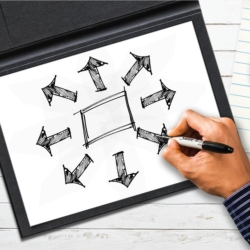 Nearly 90 percent of organisations say their success depends on empowering frontline employees to make decisions in real, but only 7 percent offer people the tools they need, according to a new report from Harvard Business Review Analytic Services, sponsored by ThoughtSpot. The report, The New Decision Makers: Equipping Frontline Workers For Success, analyses the sentiments of 464 business executives from 16 industry sectors in North America, Europe and Asia Pacific. Only one-fifth of organisations say they currently have a truly empowered and digitally equipped workforce while 86 percent agree their frontline workers need better technology and more insight to be able to make good decisions in the moment. More →
Nearly 90 percent of organisations say their success depends on empowering frontline employees to make decisions in real, but only 7 percent offer people the tools they need, according to a new report from Harvard Business Review Analytic Services, sponsored by ThoughtSpot. The report, The New Decision Makers: Equipping Frontline Workers For Success, analyses the sentiments of 464 business executives from 16 industry sectors in North America, Europe and Asia Pacific. Only one-fifth of organisations say they currently have a truly empowered and digitally equipped workforce while 86 percent agree their frontline workers need better technology and more insight to be able to make good decisions in the moment. More →




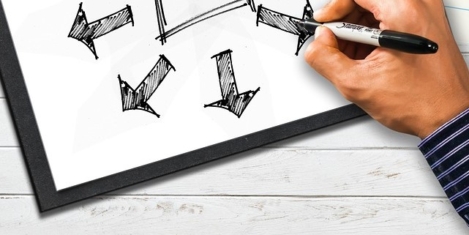
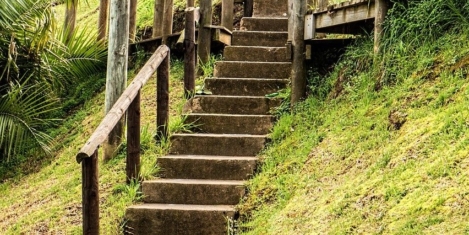

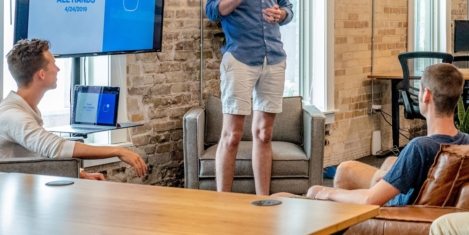
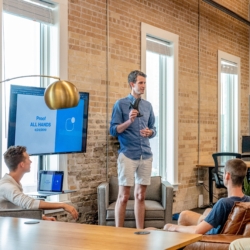
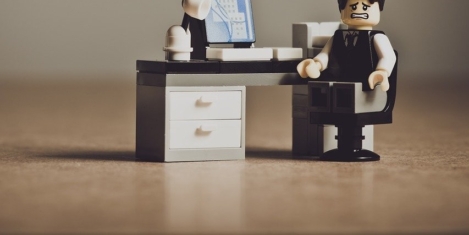
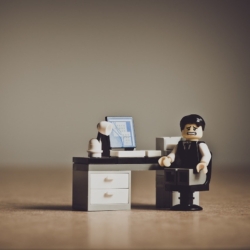
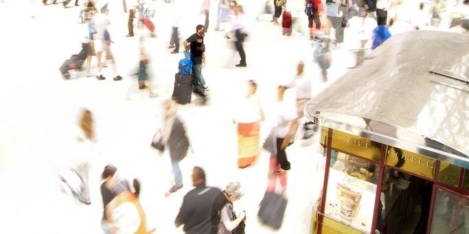

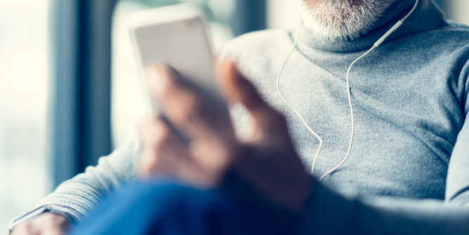
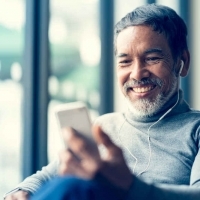
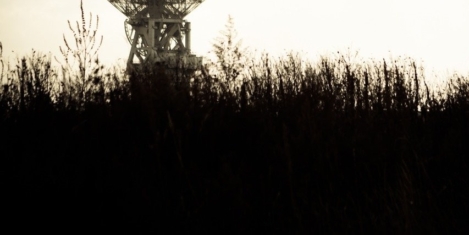

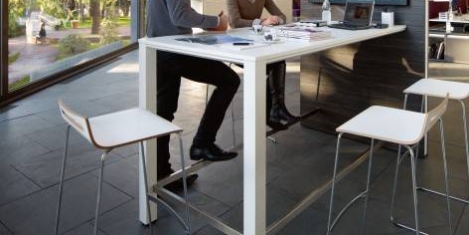
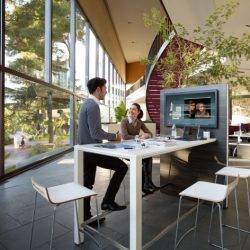
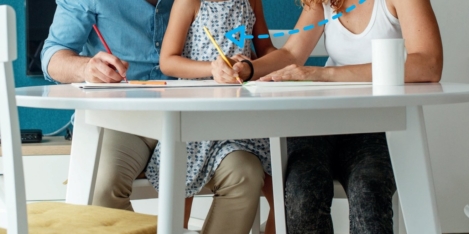
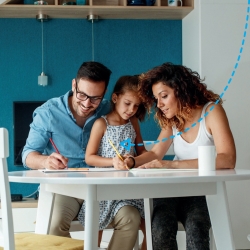
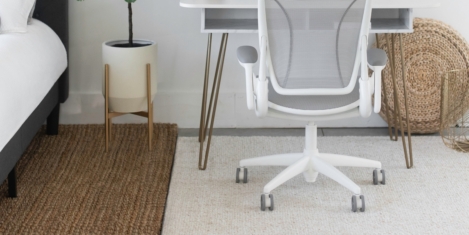
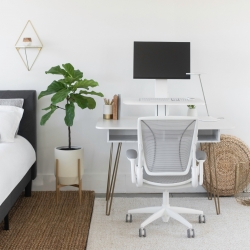
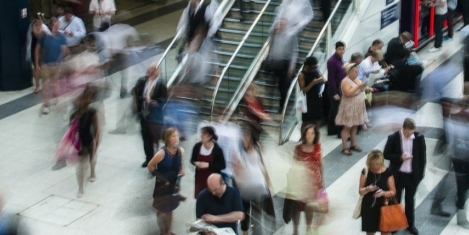
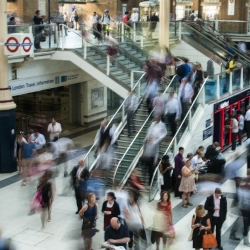










May 4, 2020
An opportunity to take business relationships with charities to a new level
by Michael Hilton • Comment